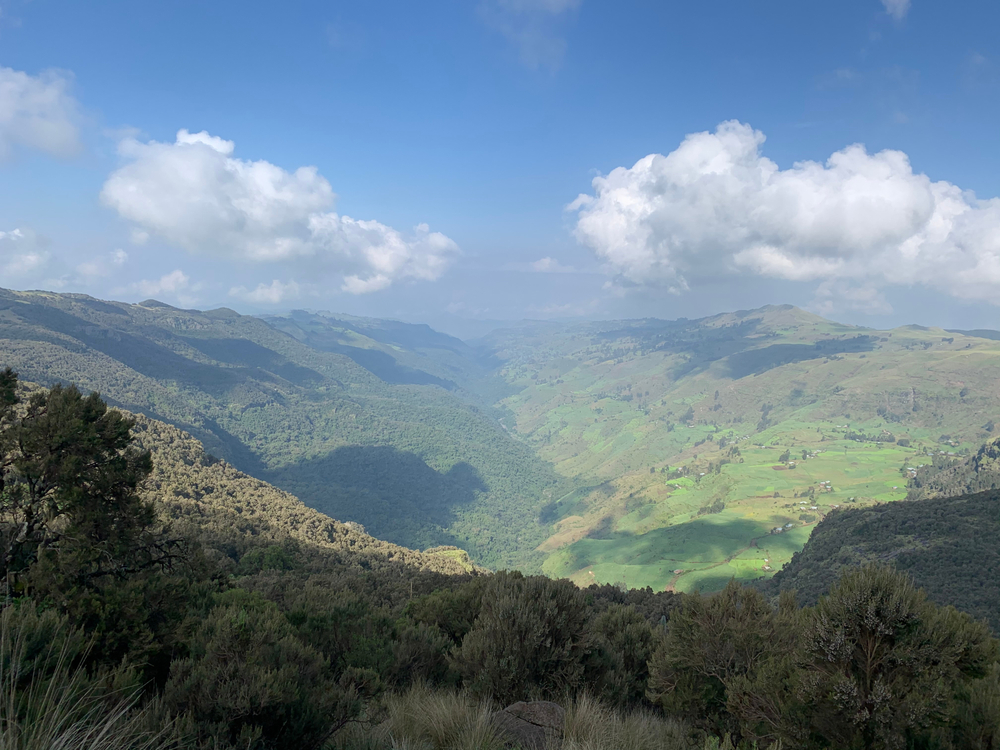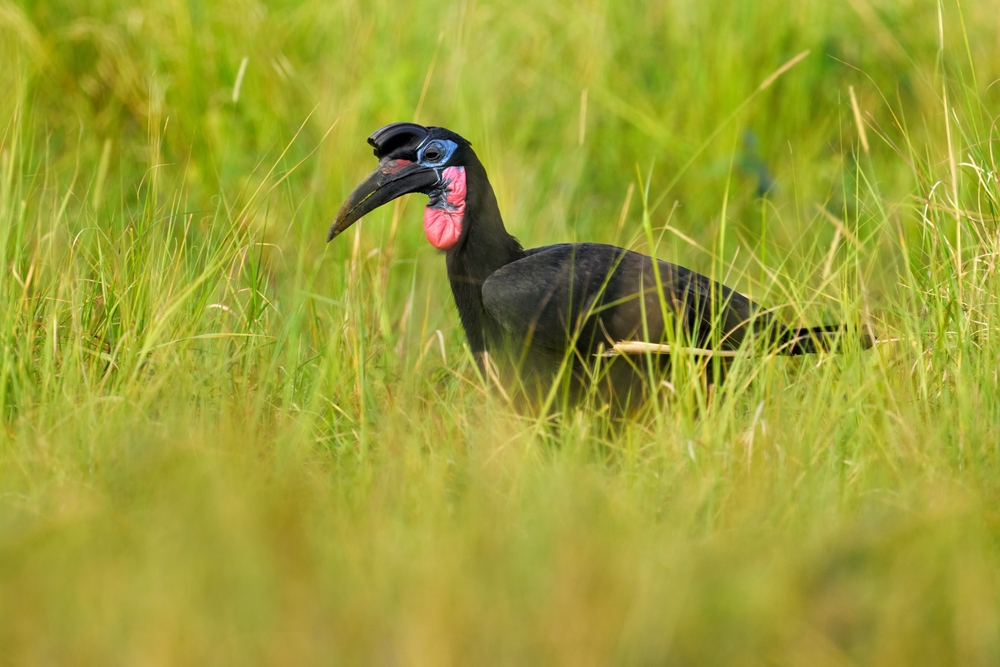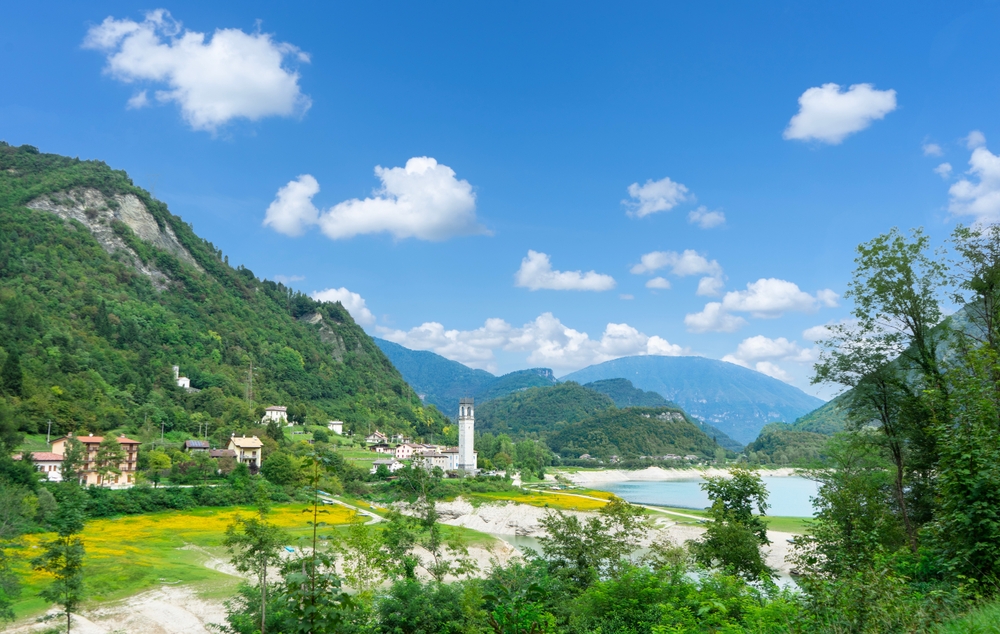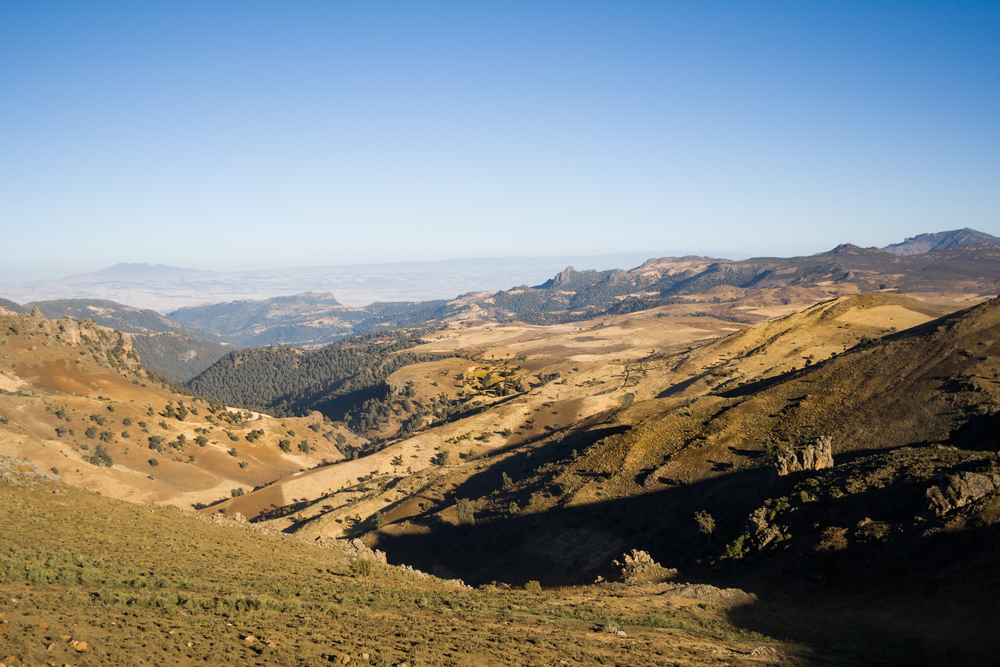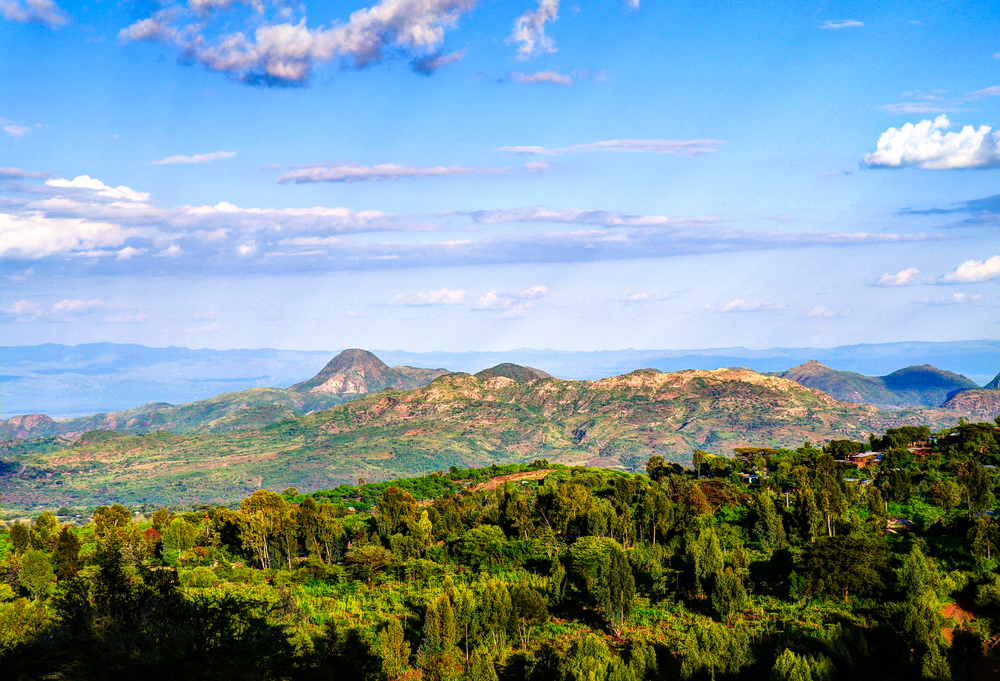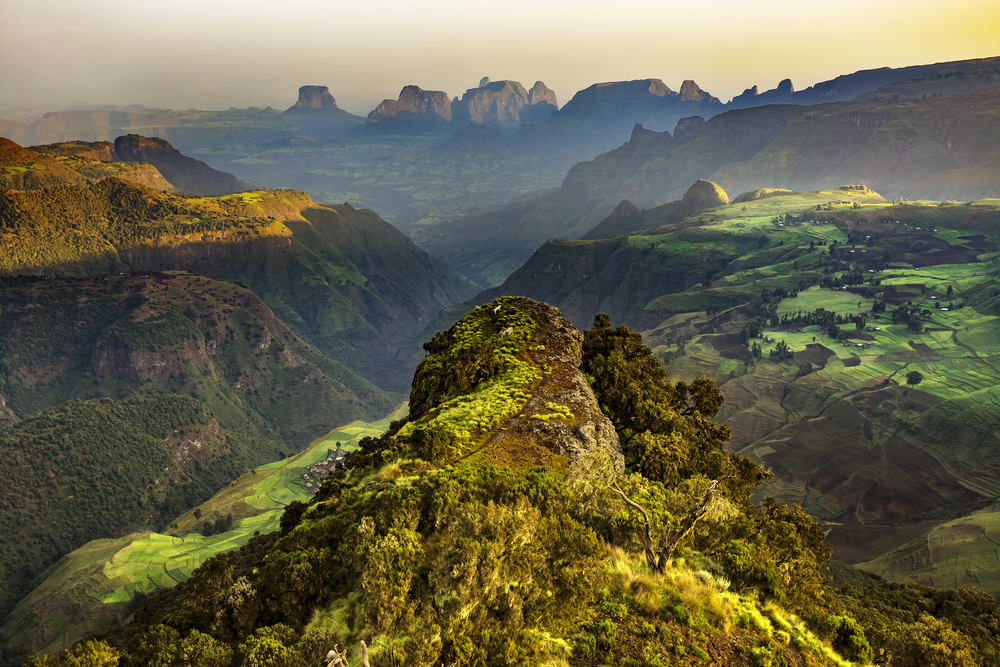Borena Overview
Borena National Park, located in southern Ethiopia’s Oromia Region, is a significant protected area showcasing the country’s ecological and cultural richness. Locally known as “Booranaa Biyya Baha National Park”, the park derives its name from the Borena Oromo community, whose traditional practices are intricately tied to the region’s landscapes. The park spans an area characterized by diverse ecosystems, making it an essential sanctuary for wildlife and a site of immense ecological value.
The terrain of Borena National Park is a fascinating mix of rolling savannas, acacia-dotted plains, and volcanic formations. Seasonal rivers and lakes are scattered across the park, providing vital water sources for wildlife during the dry season. The park’s vegetation is dominated by grasses, shrubs, and acacia trees, interspersed with patches of evergreen forest in higher altitudes. The presence of traditional wells, known as “tulaa,” created by the Borena people, adds a cultural and historical dimension to the landscape.
Borena National Park is home to a wide array of wildlife, including several iconic and endangered species. Mammals such as African elephants, giraffes, and zebras roam the savannas, while predators like lions, leopards, and cheetahs add to the ecological balance. The park is also home to endemic species such as the Menelik’s bushbuck and Ethiopian wolf, making it an important area for conservation. Bird enthusiasts can spot a variety of avian species, including Abyssinian ground hornbills, lilac-breasted rollers, and black-headed weavers, thriving in the park’s habitats.
Visitors to Borena National Park can engage with its natural beauty through guided safaris and wildlife observation tours. Hiking trails offer opportunities to explore its unique terrain and vegetation, while cultural experiences with the Borena Oromo people provide insights into their traditional knowledge and sustainable resource management. Seasonal rivers and lakes enhance the park’s scenic appeal, making it a popular destination for photographers and eco-tourists.
Despite its ecological and cultural significance, Borena National Park faces several challenges. Overgrazing, habitat loss due to agricultural expansion, and human-wildlife conflicts pose significant threats to its biodiversity. Climate change exacerbates these issues by altering rainfall patterns and depleting water sources. Conservation efforts led by the Ethiopian Wildlife Conservation Authority (EWCA) and local communities focus on habitat restoration, anti-poaching initiatives, and environmental education programs. Collaborative projects aim to promote eco-tourism as a sustainable way to generate income while protecting the park’s natural resources.
Borena National Park is a remarkable testament to the harmony between nature and culture in southern Ethiopia. Its diverse landscapes, unique wildlife, and cultural significance make it a vital conservation area and a compelling destination for visitors. Protecting Borena ensures the preservation of its ecosystems and reinforces the importance of sustainable practices in safeguarding Ethiopia’s natural heritage.








































































